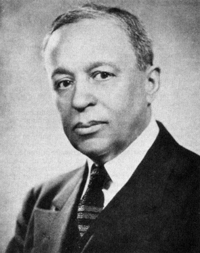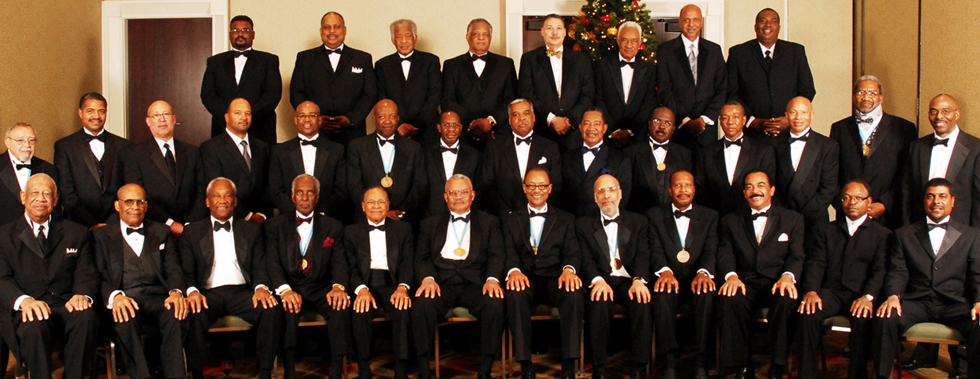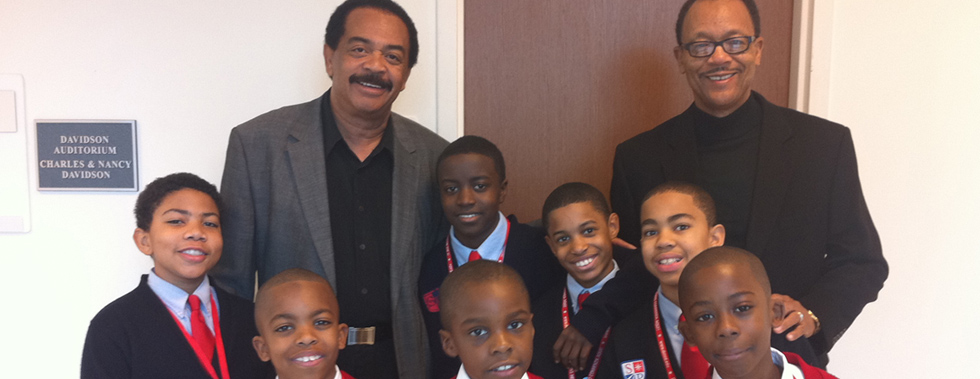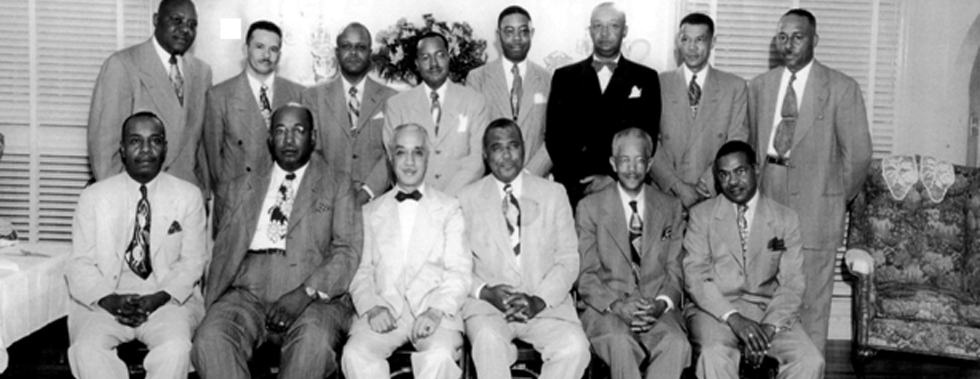History of The Boulé

By Grand Historian Rodney J. Reed
At the dawn of the twentieth century black men of distinction had long functioned in various leadership posts, especially in the churches and benevolent association movement. Some, notably Frederick Douglass among them, had even served in high government posts. But by and large they lived lives separate from those of the black masses and the white professionals. In 1904 a small group in Philadelphia set out to create an organization that would provide a vehicle for men of standing and like tastes to come together to know the best of one another...read more
1st Constitution
In the first constitution the group proclaimed that:
Whereas it seems wise and good that men of ambition, refinement and self-respect should seek the society of each other Both for the mutual benefit and to be an example of the higher type of manhood. Be it Resolved that a society be organized for the purpose of binding men of like qualities into a close, sacred, fraternal union, that they may know the best of one another, and that each in this life may to his full ability aid the other, and by concerted action bring about those things that seem best for all that cannot be accomplished by individual effort.
Whereas it seems wise and good that men of ambition, refinement and self-respect should seek the society of each other Both for the mutual benefit and to be an example of the higher type of manhood. Be it Resolved that a society be organized for the purpose of binding men of like qualities into a close, sacred, fraternal union, that they may know the best of one another, and that each in this life may to his full ability aid the other, and by concerted action bring about those things that seem best for all that cannot be accomplished by individual effort.









